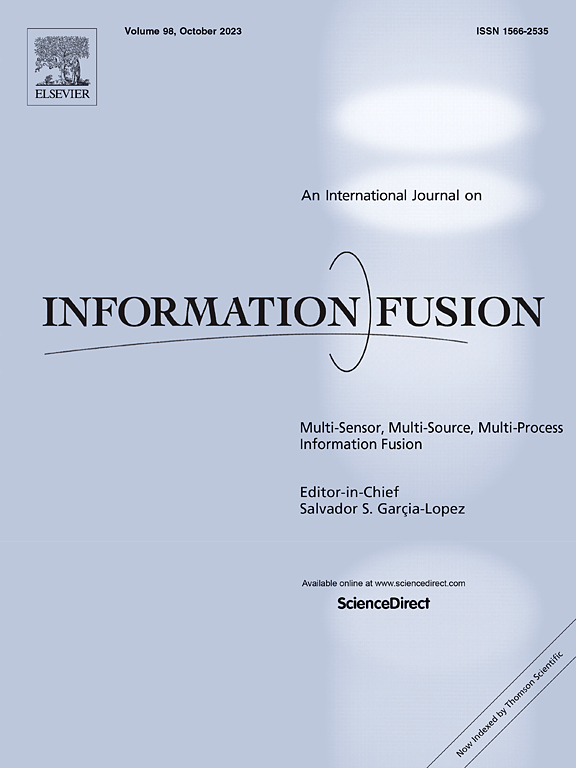Accurate forecasting on few-shot learning with a novel inference foundation model
IF 15.5
1区 计算机科学
Q1 COMPUTER SCIENCE, ARTIFICIAL INTELLIGENCE
引用次数: 0
Abstract
Accurate forecasting with limited data remains a significant challenge, especially for deep learning models that require large-scale training data to map historical data to future data. While Meta-learning (MeL) and Transfer Learning (TL) are useful, they have limitations: MeL assumes shared task structures, which may not apply to unique tasks, and TL requires domain similarity, often failing when distributions differ. Importantly, this paper reveals that future trend changes are often embedded in historical data, regardless of dataset size. However, deep learning models struggle to learn these trends from small training datasets due to their reliance on extensive historical information for mapping past to future. To address this gap, a novel inference foundation model is designed to uncover intrinsic change patterns within the data rather than relying on extensive historical information. Inspired by gene evolution, our approach decomposes historical data into subsequences (genes), selects optimal genes, and combines them into evolutionary chains based on temporal relationships. Each chain represents potential future trends. Through five generations of selection and recombination, the best gene sequence is identified for forecasting. The proposed model outperforms all state-of-the-art models across three experiments involving eight datasets. Specifically, it achieves a 27% improvement over the best-performing MeL-based and TL-based models. Furthermore, it shows an average improvement of 38% over other leading models, including Transformer-based, Multiscale-based, Linear-based, MLP-based, and Convolution-based models.
基于新型推理基础模型的少镜头学习的准确预测
用有限的数据进行准确预测仍然是一个重大挑战,特别是对于需要大规模训练数据来将历史数据映射到未来数据的深度学习模型。虽然元学习(MeL)和迁移学习(TL)很有用,但它们也有局限性:MeL假设共享的任务结构,这可能不适用于唯一的任务,而TL需要域相似性,当分布不同时往往会失败。重要的是,本文揭示了未来趋势变化通常嵌入在历史数据中,无论数据集大小如何。然而,深度学习模型很难从小型训练数据集中学习这些趋势,因为它们依赖于大量的历史信息来映射过去到未来。为了解决这一差距,设计了一种新的推理基础模型来揭示数据中的内在变化模式,而不是依赖于广泛的历史信息。受基因进化的启发,我们的方法将历史数据分解成子序列(基因),选择最优基因,并根据时间关系将它们组合成进化链。每条链都代表着潜在的未来趋势。通过五代的选择和重组,确定了最优的基因序列进行预测。在涉及八个数据集的三个实验中,所提出的模型优于所有最先进的模型。具体来说,它比性能最好的基于mel和基于tl的模型提高了27%。此外,它比其他领先的模型平均提高了38%,包括基于transformer的、基于multiscale的、基于linear的、基于mlp的和基于卷积的模型。
本文章由计算机程序翻译,如有差异,请以英文原文为准。
求助全文
约1分钟内获得全文
求助全文
来源期刊

Information Fusion
工程技术-计算机:理论方法
CiteScore
33.20
自引率
4.30%
发文量
161
审稿时长
7.9 months
期刊介绍:
Information Fusion serves as a central platform for showcasing advancements in multi-sensor, multi-source, multi-process information fusion, fostering collaboration among diverse disciplines driving its progress. It is the leading outlet for sharing research and development in this field, focusing on architectures, algorithms, and applications. Papers dealing with fundamental theoretical analyses as well as those demonstrating their application to real-world problems will be welcome.
 求助内容:
求助内容: 应助结果提醒方式:
应助结果提醒方式:


